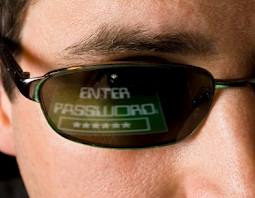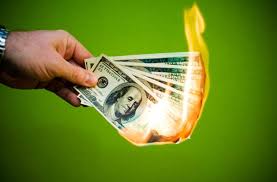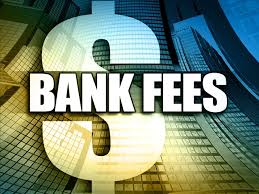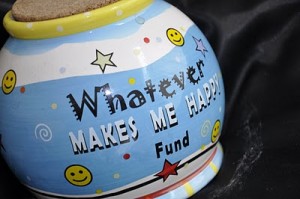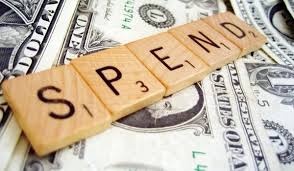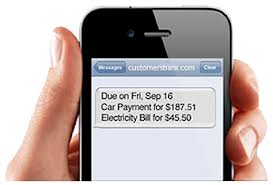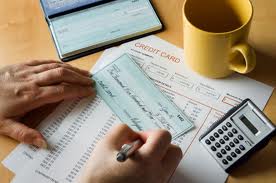
The recession has had a different impact than expected, experts say. In earlier periods of low inflation and a slowly improving economy, there was less attention to becoming debt-free and solvent, they say.
Among the pertinent factors is a lack of inviting investment alternatives. Savings accounts pay next to nothing and the stock market already is at lofty heights, according to a report recently released by the bank consulting firm Moebs Services Inc. The report looked at average balances in U.S. checking accounts and compared them with the same data from 25 years ago. The current average was $4,436, more than double the $2,100 posted 25 years ago.
The average balance in checking accounts during good economic times, with unemployment and inflation low, is about $1,400, the report said. With less cheery economic times, consumers tend to be more wary of spending and checking balances rise to the neighborhood of $3,000 or more. In 2007, for instance, the average balance was $788. That was just before the Recession caused a near-meltdown of the country’s economy, the report noted.
On the downside, the reluctance to spend has slowed the recovery. Spending usually accounts for about two-thirds of economic growth, said Moebs economist G. Michael Moebs, who heads the company. The firm’s report on bank balances was based on data from Federal Reserve figures for 2,800 banks and credit unions.
The hoarding trend also affects financial institutions, who lose income from overdrafts. Financial gurus are advising those institutions to expect big funds withdrawals when consumers are convinced that the fallout from the recession is over and they are safe to take out their money for mortgage-reduction, vacations or big item purchasing.
An article on the Moebs report in the Los Angeles Times quotes UCLA economist Lee Ohanian as saying the country may still be plagued by troublesome leftovers from the recession. He notes that even though employment is up by some 200,000 jobs in each of the past five months, growth in production is at less than half its usual rate. He relates the figures to the fact that the employment-to-population ratio still is low.
The recession caused a lot of serious reflection about personal finances, Ohanian said. People who had racked up too much debt pre-recession and suffered the consequences now are being much more cautious about what they do with their money.
Even now, with a return to near-normal employment and better incomes for many Americans, it likely will take awhile before full confidence in the economy is restored. Most experts see this as a good thing over time. Adjustments for both consumers and financial institutions will take time, they say.

